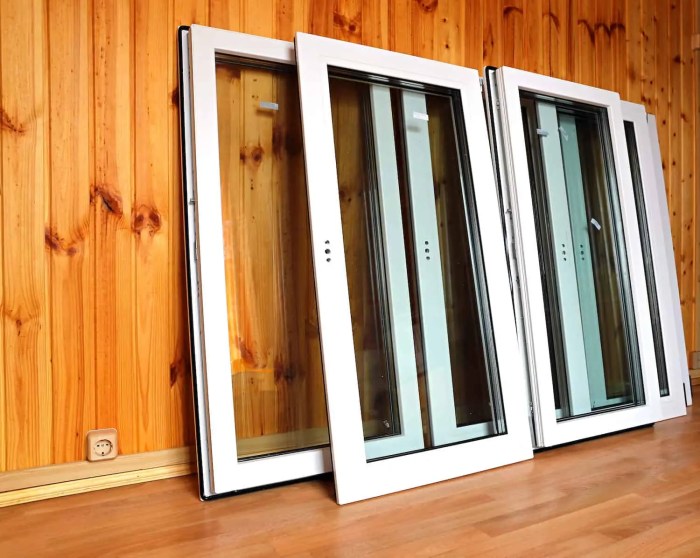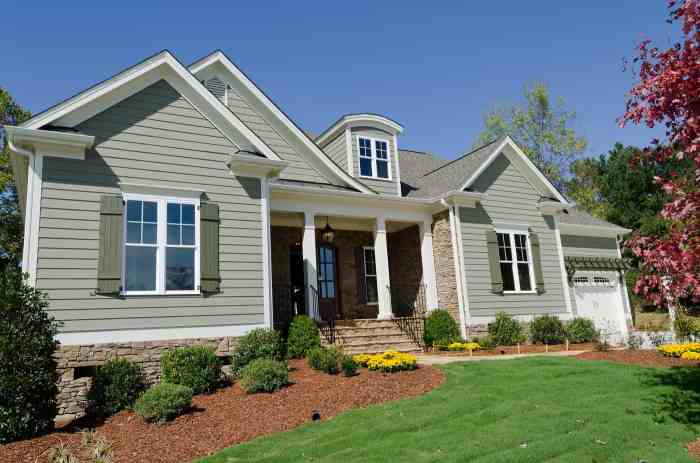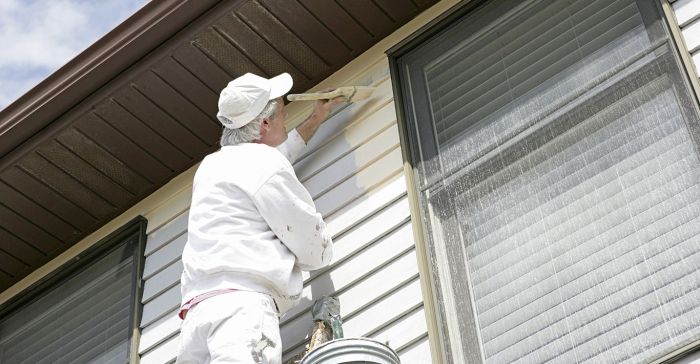New Window Installation Cost: What Different Regions Pay
Delving into the realm of New Window Installation Cost: What Different Regions Pay, this opening paragraph aims to captivate and engage readers with a detailed exploration of the topic.
Exploring the key factors, regional disparities, cost-benefit analysis, and pricing models in the window installation industry will shed light on the varying expenses across different areas.
Factors Affecting New Window Installation Cost
When considering the cost of new window installation, several key factors come into play. These factors can significantly influence the overall expense of the project, impacting both the materials used and the labor costs involved.
Materials
The type of materials chosen for new window installation can have a substantial impact on the cost. For example, vinyl windows are often more affordable than wood or aluminum windows. The quality and brand of the materials can also affect the overall price, with higher-end materials typically costing more.
Window Size
The size of the windows being installed is another crucial factor in determining the cost. Larger windows will generally be more expensive to install than smaller ones, as they require more materials and labor to complete the job. Additionally, specialty shapes or custom sizes may also increase the overall cost of installation.
Labor Costs
Labor costs play a significant role in the total expense of new window installation. The complexity of the installation, the time required to complete the job, and the experience level of the installers can all impact labor costs. Additionally, factors such as location and demand for window installers in a particular area can also influence labor prices.
Window Type
The type of window being installed, whether it's vinyl, wood, aluminum, or another material, can also affect installation costs. Each type of window has its own unique characteristics and installation requirements, which can impact the overall price of the project.
Factors such as energy efficiency, durability, and maintenance needs can also play a role in determining the cost of installation for different window types.
Regional Disparities in Window Installation Costs
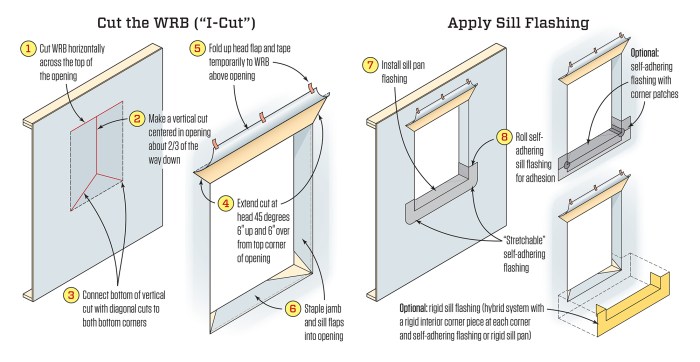
When it comes to new window installation costs, there are significant variations across different regions in the United States. Factors such as labor costs, material prices, and demand can all influence the overall cost of window installation in a particular area.
East Coast vs. West Coast
On the East Coast, especially in cities like New York and Boston, the cost of window installation tends to be higher due to the higher cost of living and labor expenses. In contrast, the West Coast, particularly in cities like Los Angeles and San Francisco, also experiences higher installation costs due to similar reasons.
Additionally, factors like climate and building regulations can also impact the total expenditure on window installation.
Midwest vs. South
In the Midwest, states like Ohio and Illinois generally have lower window installation costs compared to the East and West Coasts. This can be attributed to lower labor costs and a lower cost of living in these regions. On the other hand, the South, including states like Texas and Florida, may have varying installation costs depending on factors like demand, availability of skilled labor, and local regulations.
Cost-Benefit Analysis of Energy-Efficient Windows

Installing energy-efficient windows can provide significant cost savings in the long run, especially in regions with extreme climates. While the initial investment may be higher compared to traditional windows, the benefits in terms of energy savings and overall comfort can outweigh the costs over time
Energy Savings in Different Regions
- In colder regions, energy-efficient windows help in retaining heat inside during winter, reducing the need for constant heating and lowering energy bills.
- In warmer regions, these windows can prevent heat from entering the house, reducing the strain on cooling systems and decreasing cooling costs.
Impact on Long-Term Energy Bills
- Energy-efficient windows reduce the reliance on heating and cooling systems, leading to lower energy consumption and decreased utility bills throughout the year.
- Over time, the savings on energy bills can offset the initial investment in energy-efficient windows, making them a cost-effective choice for homeowners.
Return on Investment
- While the upfront cost of energy-efficient windows may be higher, the potential return on investment is significant due to the long-term energy savings they offer.
- Homeowners can recoup the initial investment through reduced energy bills, increased property value, and enhanced comfort and sustainability.
Pricing Models and Estimates in the Window Installation Industry
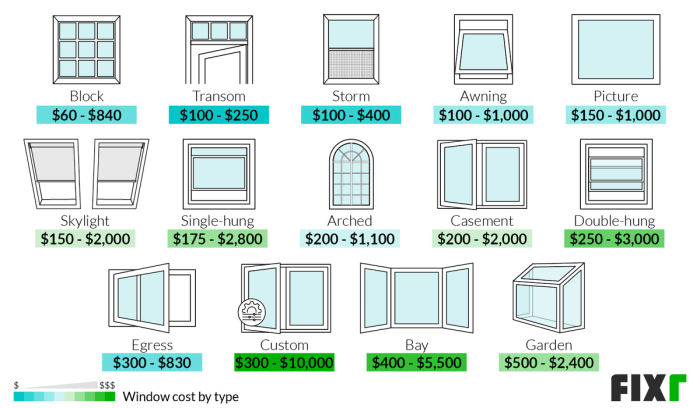
When it comes to new window installation, understanding the pricing models and estimates used by window installation companies is crucial. This knowledge can help homeowners make informed decisions and ensure they get the best value for their money.
Common Pricing Models
- Fixed Pricing: Some companies offer fixed pricing for window installations, where the cost is predetermined based on the size and type of window. This provides transparency and clarity for customers.
- Hourly Rate: Other companies may charge an hourly rate for labor, in addition to the cost of materials. This pricing model can vary depending on the complexity of the installation.
- Per Window Pricing: Some companies calculate the cost of installation on a per window basis, taking into account factors such as size, style, and energy efficiency.
Estimating Costs
- Measurements: Companies typically start by taking precise measurements of the windows to be replaced or installed. This helps them accurately estimate the amount of materials needed.
- Material Costs: The type of window, frame material, and glass quality all impact the overall cost. Companies consider these factors when providing estimates.
- Labor Costs: The complexity of the installation, including factors like accessibility and additional work required, will influence the labor costs involved.
Importance of Obtaining Multiple Quotes
- Comparing Estimates: It's essential for homeowners to obtain multiple quotes from different companies to compare pricing and services offered. This allows them to make an informed decision based on value and quality.
- Quality Assurance: By obtaining multiple quotes, homeowners can also ensure that they are getting a fair price for the work to be done. This helps avoid overcharging or hidden costs.
Final Wrap-Up
In conclusion, the discussion on New Window Installation Cost: What Different Regions Pay provides valuable insights into the factors influencing costs and how they differ based on geographical locations.
FAQ Resource
What factors influence new window installation costs?
The key factors include materials used, window size, labor costs, and the type of window (vinyl, wood, aluminum).
How do installation costs vary across different regions?
Installation costs can significantly differ between regions due to factors like labor rates, material availability, and demand.
Are energy-efficient windows cost-effective in the long run?
Energy-efficient windows can lead to substantial cost savings over time by reducing energy bills and enhancing overall energy efficiency.
What pricing models are commonly used in the window installation industry?
Common pricing models include fixed pricing, time and materials, and cost-plus pricing.

